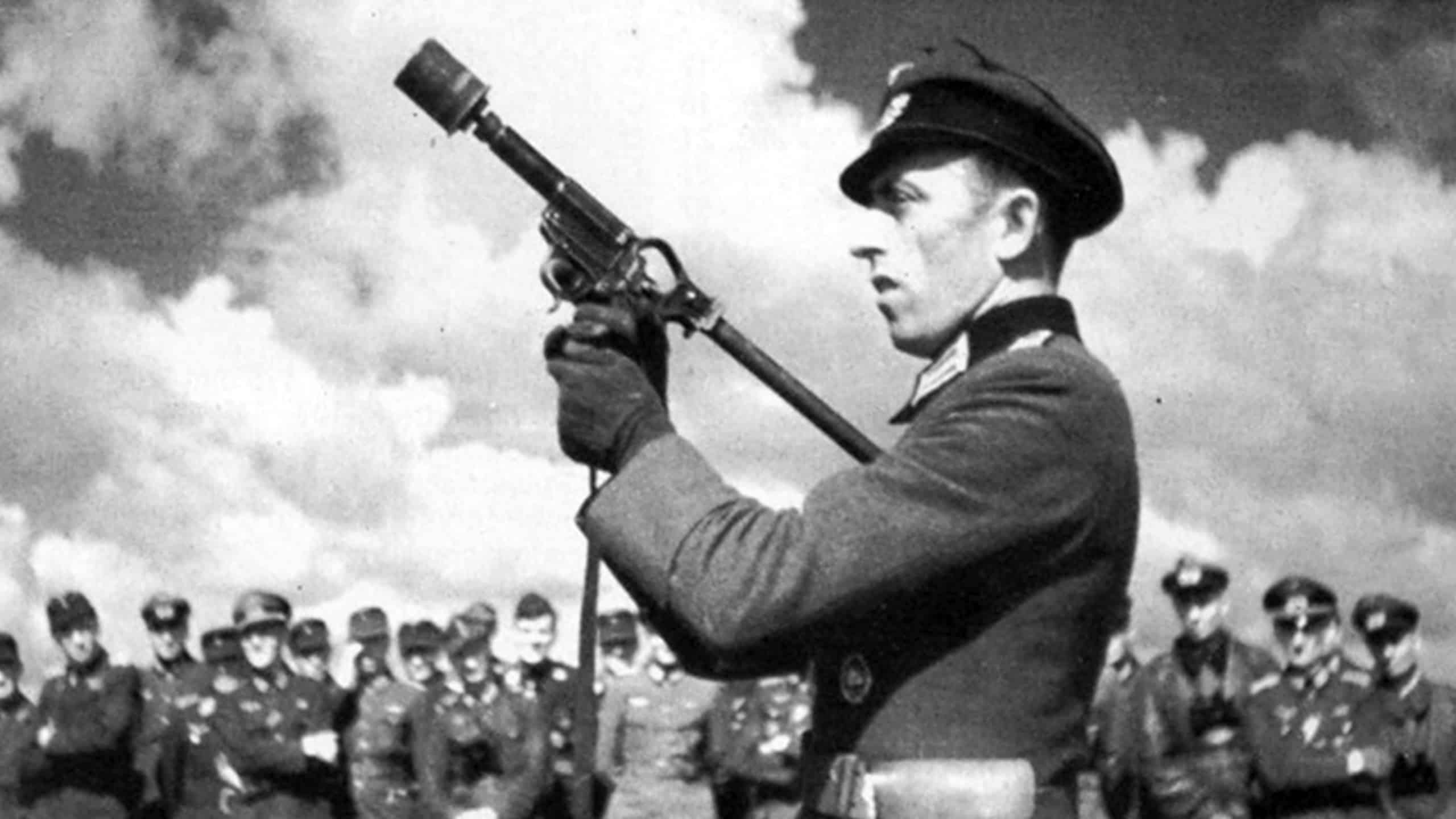Untold History of the Salem Witch Trials

In American history, few events are as infamous and haunting as the Salem Witch Trials of 1692. This dark chapter unfolded in the small colonial town of Salem, Massachusetts. There a wave of hysteria and paranoia led to the wrongful persecution and execution of innocent people accused of witchcraft. The witch hunts of Salem remain a reminder of the dangers of unchecked fear and mass hysteria.
The origins of the Salem Witch Trials can be traced back to the winter of 1692. It was then a group of young girls in Salem Village began exhibiting strange behavior. These girls, including Betty Parris and Abigail Williams, experienced fits and convulsions and claimed to be afflicted by invisible forces. Fearing that they were under the influence of witchcraft, the girls accused three women of being witches. Sarah Good, Sarah Osborne, and Tituba, an enslaved woman of Caribbean descent.
Social Tensions
Historians believe that economic and social tensions in Salem Village, including disputes over land, power, and religious differences, contributed to the witch hysteria. Accusations often targeted those who were seen as threats to the established order.
The accusations quickly spread, fueling fear and suspicion in Salem and its surrounding communities. As hysteria gripped the town, dozens of people were arrested and accused of practicing witchcraft. A lack of due process, coerced confessions, and a reliance on flimsy evidence characterized the witch trials that followed. The testimony was mainly based on dreams and visions rather than tangible proof.
The court proceedings were conducted in a religious passion and moral panic climate. Rigid beliefs, superstition, and the fear of the supernatural contributed to the belief in the existence of witches and their influence on society. In this atmosphere of paranoia, anyone perceived as different or deviant could become a target for accusation.
Torture and Imprisonment
The accused faced a grim fate. Those found guilty of witchcraft were subjected to harsh interrogations, torture, and imprisonment in terrible conditions. Many endured months of confinement awaiting trial, while others suffered in overcrowded jails. Ultimately, twenty people were executed by hanging, and several more died in jail awaiting trial or due to mistreatment.
Among the victims of the Salem Witch Trials were men and women from all walks of life. Rebecca Nurse, an older and respected member of the community, was among those unjustly accused and executed. Giles Corey, another older farmer, was pressed to death under heavy stones after refusing to enter a plea. The tragic toll of the witch hunts extended beyond those who lost their lives; families were torn apart, reputations ruined, and communities shattered by suspicion and distrust.
The hysteria eventually subsided, and public opinion turned against the trials as the extent of the injustice became apparent. In 1693, the Massachusetts Bay Colony government dissolved the court responsible, and the remaining prisoners were released. The Salem Witch Trials were officially condemned, and efforts were made to compensate the families of the victims.

Understanding the Hysteria
In the centuries since the Salem Witch Trials, scholars and historians have sought to understand the underlying causes of the hysteria that gripped the town. While there is no single explanation, several factors likely contributed to the outbreak of accusations and the following trials.
One key factor was the social and religious climate of colonial New England.
Puritanism, with its strict rules about how to behave and a focus on God’s guidance, fostered a culture of fear and intolerance. The belief in the existence of witches and the devil was deeply ingrained in Puritan theology, leading many to view any deviation from societal norms as evidence of sinister influence.
Economic and social tensions may also have fuelled the witch hunts. Salem Village was experiencing rapid social change and economic uncertainty, leading to conflicts between different factions within the community. Accusations of witchcraft may have served as a way to settle scores or scapegoat individuals for broader social problems.
The Salem Witch Trials also reflected broader gender dynamics and power structures in colonial society. Most of those accused and persecuted as witches were women, particularly those who were viewed as threats to patriarchal authority. Women who challenged traditional gender roles or wielded influence in their communities were often targeted for accusations of witchcraft.

A Total “Witch Hunt”
The legacy of the Salem Witch Trials endures as a cautionary tale about the dangers of hysteria, intolerance, and the abuse of power. The events of 1692 are a stark reminder of the consequences of unchecked fear and the importance of safeguarding due process and individual rights in times of crisis.
Today, Salem, Massachusetts, commemorates the victims of the witch trials with memorials, museums, and annual events that seek to educate the public about this dark chapter in history. These efforts serve as a testament to the enduring significance of the Salem Witch Trials as a symbol of injustice and the human capacity for both cruelty and redemption.
As we ponder the lessons of Salem, it’s crucial to stay wary of hysteria and prejudice in our modern era. Through nurturing empathy, critical thinking, and a dedication to justice, we can work towards constructing a society that respects the rights and dignity of every individual. This way, we honor the memory of those who lost their lives due to baseless accusations and fear, remembering that odd behavior doesn’t necessarily signify involvement in witchcraft.







